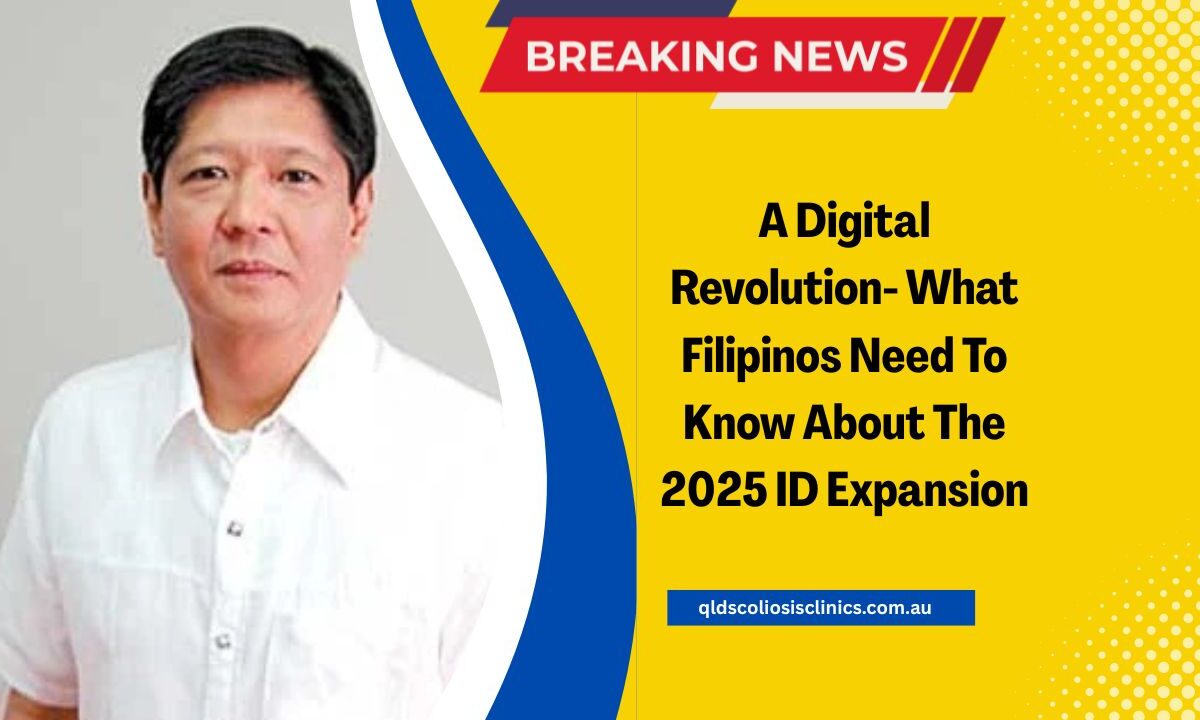The Philippine government is accelerating its digital governance push in 2025 with the full expansion of the PH Digital ID system.
This expansion aims to streamline citizens’ access to government services and reduce bureaucracy, offering a secure, unified digital identity.
As part of the broader eGov launch, the 2025 rollout integrates multiple services—like PhilSys, social services, healthcare, and financial platforms—into a single verifiable ID.
The government sees this as a critical infrastructure development for efficient public service delivery and digital inclusion across the nation.
What Is the PH Digital ID Expansion?
The PH Digital ID Expansion is the national upgrade of the Philippine Identification System (PhilSys), transitioning from a physical ID to a comprehensive digital identity that can be used across various government platforms.
Initially, PhilSys was a physical ID, but the 2025 version now includes digital access through mobile devices, biometric integration, and real-time service validation.
Citizens will be able to verify their identity digitally for government aid, tax filing, banking, and healthcare access.
Key Features of the PH Digital ID Expansion
| Feature | Details |
|---|---|
| Program Name | PH Digital ID Expansion |
| Lead Agency | Philippine Statistics Authority (PSA) |
| Launch Year | 2025 (Full-scale rollout begins Q2) |
| Purpose | Provide a secure, centralized digital ID for all citizens |
| Linked Services | eGov app, PhilHealth, SSS, GSIS, LTO, NBI, banking platforms |
| Access Methods | Mobile app, QR code, physical card (optional) |
| Official Info | psa.gov.ph/philsys2025 |
| Key Update | Integration with eGov app, expanded rural access |
How It Connects with the eGov Launch
The eGov launch in 2025 complements the digital ID system. This initiative introduces a centralized app that consolidates multiple government services into one platform:
- Applying for national documents (birth certificates, passports)
- Paying government fees and taxes
- Accessing PhilHealth, SSS, and other benefits
- Booking government appointments
- Verifying identity with QR codes or biometric login
The PH Digital ID will be the primary key for all these functions, reducing the need for repeated logins, paperwork, or in-person visits for most services.
Who Needs to Register?
Registration for the PH Digital ID is mandatory for all Filipino citizens and permanent residents, including:
- Adults (18+) for full access to services
- Minors (under 18) for school registration, healthcare, and benefits
- Overseas Filipinos, who can register at Philippine embassies or consulates
Registration is free, and the process is done online, via mobile units, or at PSA partner centers. To register, you will need a birth certificate or government-issued ID, followed by biometric scanning and address verification.
Benefits of the PH Digital ID Rollout in 2025
The expansion offers several benefits:
- Faster service access: Streamlines government processes and eliminates long waiting times
- Secure digital verification: Reduces the risk of identity theft and document fraud
- Financial inclusion: Eases access to banking, loans, and other financial services
- Cross-agency integration: Reduces redundancy and delays in government processing
- Remote access: Enables better access for rural areas and overseas Filipino workers (OFWs)
By combining security, simplicity, and digital reach, this initiative supports long-term goals for economic mobility and administrative transparency.
Implementation Timeline and Milestones
The 2025 rollout will be conducted in several phases:
- Q1 2025: Final testing and pilot implementation in selected cities
- Q2 2025: Nationwide registration drive and updated eGov app launch
- Q3 2025: Integration of major services (SSS, Pag-IBIG, PhilHealth, and LandBank)
- Q4 2025: Expanded enrollment for overseas Filipinos
By mid-2025, over 70 million Filipinos are expected to be registered, with full adoption targeted for the end of the year.
Data Privacy and Security Measures
To ensure privacy and security, the PH Digital ID system employs end-to-end encryption and biometric validation.
All data collected by the PSA is governed by the Data Privacy Act of 2012, ensuring that no information is shared without consent.
The QR code feature allows for controlled sharing of data with banks and government offices. Citizens will also have access to an activity log to track where and when their ID was used.
Challenges and Solutions
While the PH Digital ID Expansion promises efficiency, several challenges must be addressed:
- Digital literacy gaps, especially among seniors
- Internet access issues in remote areas
- Need for training local government units and frontline staff
To tackle these challenges, the government is deploying help centers, training programs, and mobile registration buses across the country. Future updates may include voice verification and support for indigenous languages.
The PH Digital ID Expansion marks a significant step towards streamlined governance and digital inclusion in the Philippines.
With its full-scale rollout in 2025, it promises more efficient services, enhanced security, and greater financial accessibility for citizens nationwide.
FAQs
Who is eligible to register for the PH Digital ID?
All Filipino citizens and permanent residents, including minors and overseas Filipinos.
What are the main benefits of the PH Digital ID system?
Faster access to government services, secure digital verification, and enhanced financial inclusion.
How can I register for the PH Digital ID?
Registration can be done online, through mobile units, or at PSA partner centers with required documents.
